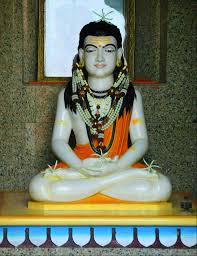
Earlier this year I visited Nashik for work, and in the little time that I had, I decided to visit the Kala Ram Mandir, known for its black stone sculptures of Ram, Krishna and Sita. This area is famously known as Panchavati, the spot where Sita was abducted from, as described in the Ramayana. Nearby one can find the Sita-gumha—the caves where Sita lived during her stay here. In fact the root of the name Nashik lies in the ‘nose’ (nasika, in Sanskrit) of Surpanakha, which was cut off by Lakshmana.
But what I found most remarkable was what a local person pointed out to me: the river Godavari, which originates about 20 km away at Trimbakeshwar and flows west to east, twists slightly to the south at this point, making it a favourite place for casting away the bones of the dead and even conducting funeral ceremonies (shraddha). Ram is said to have performed his father’s funeral rites here. This twisting of a river is what makes a portion of a river sacred and transforms it into a pilgrim spot. Varanasi or Kashi, for example, is located at the spot where the Ganga that normally flows south, for a short distance, flows north.
It was in the late 18th century that Sardar Odhekar had a dream that led him to find the statues of Ram, Lakshman and Sita on the riverbed of the Godavati at the spot that we now call Ram Kund. He had this magnificent temple built. The temple is made of black stone, and is rather stark, when compared to the Trimbakehswara Shiva temple. There are a few carvings here: a makara to mark the drains, elephants to mark the four directions, with one of the elephants bearing a human, said to represent the artisans who died while building the temple, an enterprise that took nearly 12 years. The corridor along the outer periphery wall is lined with Islamic arches, reminding us of the close ties between Marathas and Mughals and Deccani Sultans in that period. But what is most remarkable is the story of human sacrifice (nara-bali) linked to the temple that I heard at dinner that evening.
The temple for Kala Ram was being built; the construction underway for many years seemed to never get over. There were numerous accidents and delays to the job. Finally, the astrologers and oracles were consulted. They advised, smaller temples of Hanuman and Ganesha and Dattatreya had to be built within the temple complex. And a human sacrifice was demanded! The idea terrified the locals. It was an obsolete practice. And blood sacrifice in a Vaishnavite shrine? Who would agree to it? To their surprise a member of the Nath-panth agreed. The name of this Nath-jogi is in all probability Ganesha-nath.
Who are the Naths? They are a band of wandering celibate mendicants who follow the guru tradition, and have their own unique mythology. The group traces its origins to Dattatreya, the first guru, the son of Atri and Anasuya, who is said to be the embodiment of Shiva, Vishnu and Brahma. Their most famous leader, traced to 10th century AD, though believed to be even older, is Matsyendrath and his student Gorakhnath, who overshadowed his master. Typically, the Naths speak of nine leaders. Kanif-nath, Gahini-nath, Jalendra-nath, Chaurangi-nath and Bhartri-nath are among them and so are the famous 13th century poet-saint Gyaneshwara, or Gyana-nath, and his elder brother, Nivritti-nath. The Naths are nomadic and are identified as ‘split-ear’ (kan-patha) jogis, who wear a special type of earring made of rhinoceros skin. They carry pincers (chimta), fire (dhuni), dress in saffron or ochre, smear themselves with ash, and bedeck themselves with strings of the rudraksha seed. They chant, ‘Alakh Niranjan!’ referring to the nirguna form of the divine, and whenever they meet other members of the Nath-panth, they say, ‘Adesh!’ which declares their belief that the jiva, atma and param-atma are the same. Some identify themselves as Shaivites, tracing the roots to Lakulesh-nath of the Pashupata sect. Others identify themselves as Vaishnavites, with the nine naths being identified as avatars of nava-Narayana.
Ganesh-Nath’s head was cut and buried in the chowk before the temple which is now called Naga chowk, though it really means Nath chowk. His body was buried within the temple walls and a small shrine to the Nath jogi was erected there. We can still see it near the entrance. Every 12 years, when kumbha-mela is held in Nashik, over a thousand members of the Nath order take residence in the Kala Ram Mandir. It is handed over to them for a month, out of gratitude for the sacrifice of one of their own which made the temple possible. In this month a hearth, akhanda dhuni, is maintained and all jogis from around India, from various akharas and mathas, present themselves and declare their identity, in keeping with the old tradition of keeping muster and to inform others that their master’s lineage is still thriving. Not much is known about the Nath-panth. There are very few books about their history, traditions, stories, symbols and rituals. There is an air of mystery around them and orally transmitted stories such as these make them seem exotic and enigmatic.
Is the story true? A good mythologist will never bother to answer this question. For what matters truly is what locals believe to be true: subjective truth, which is myth, always true for the insider, and false for the outsider, proof notwithstanding.
Story collected by: Devdutt Pattanaik
Location: Maharashtra







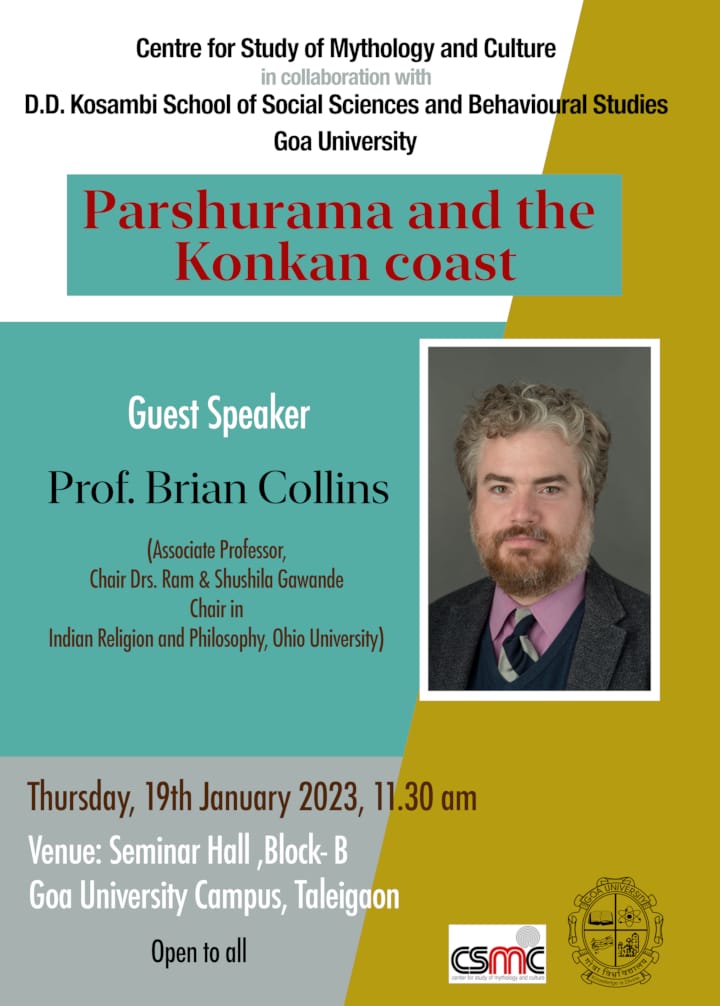
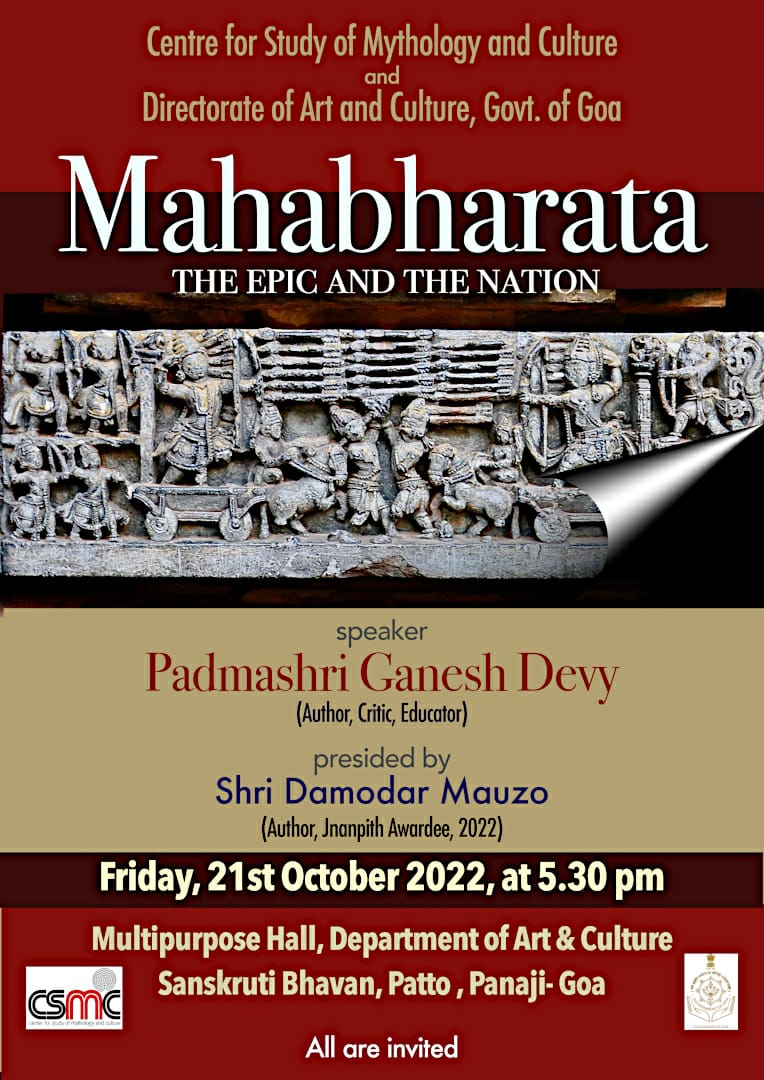
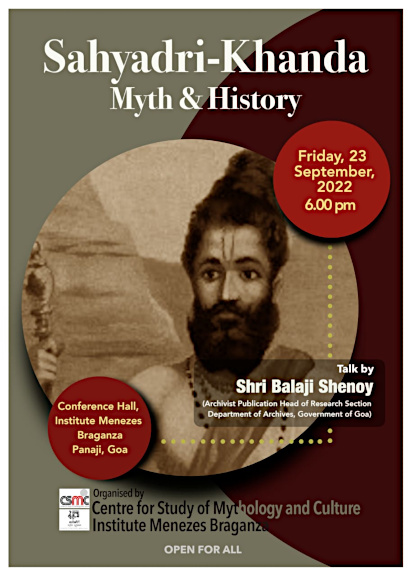
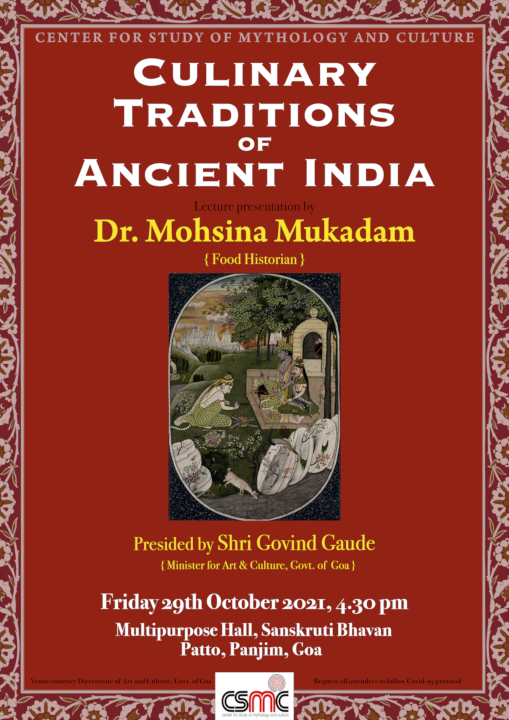

Leave a Comment